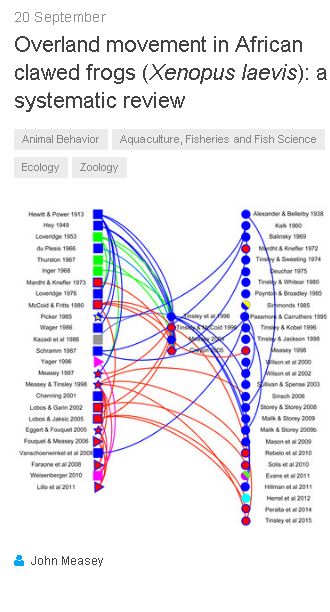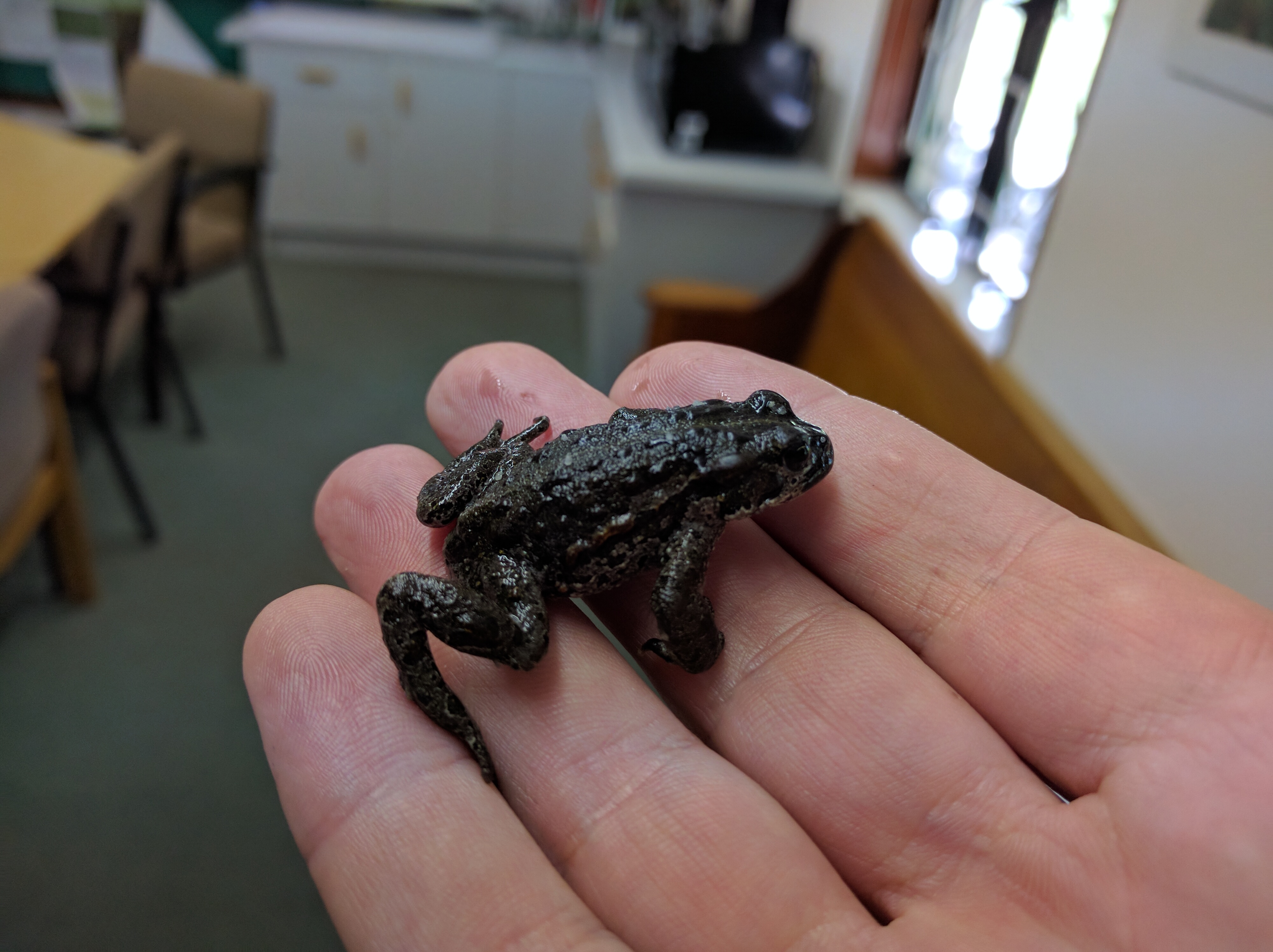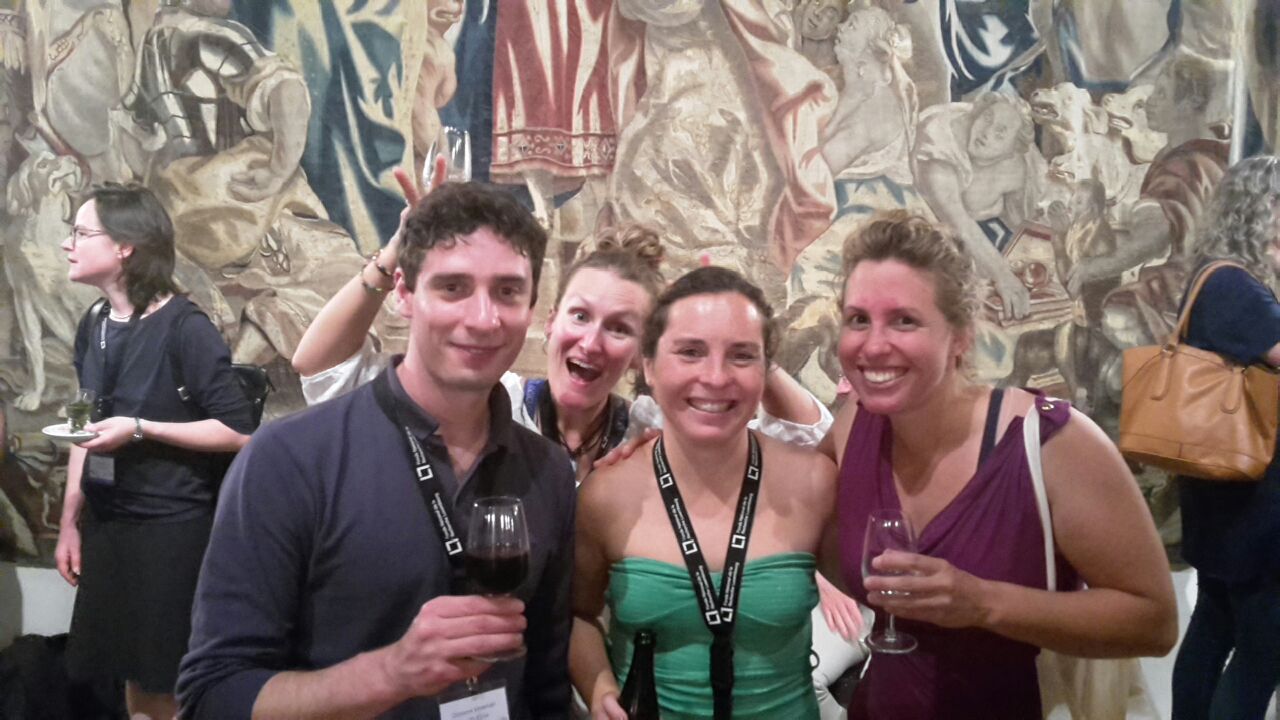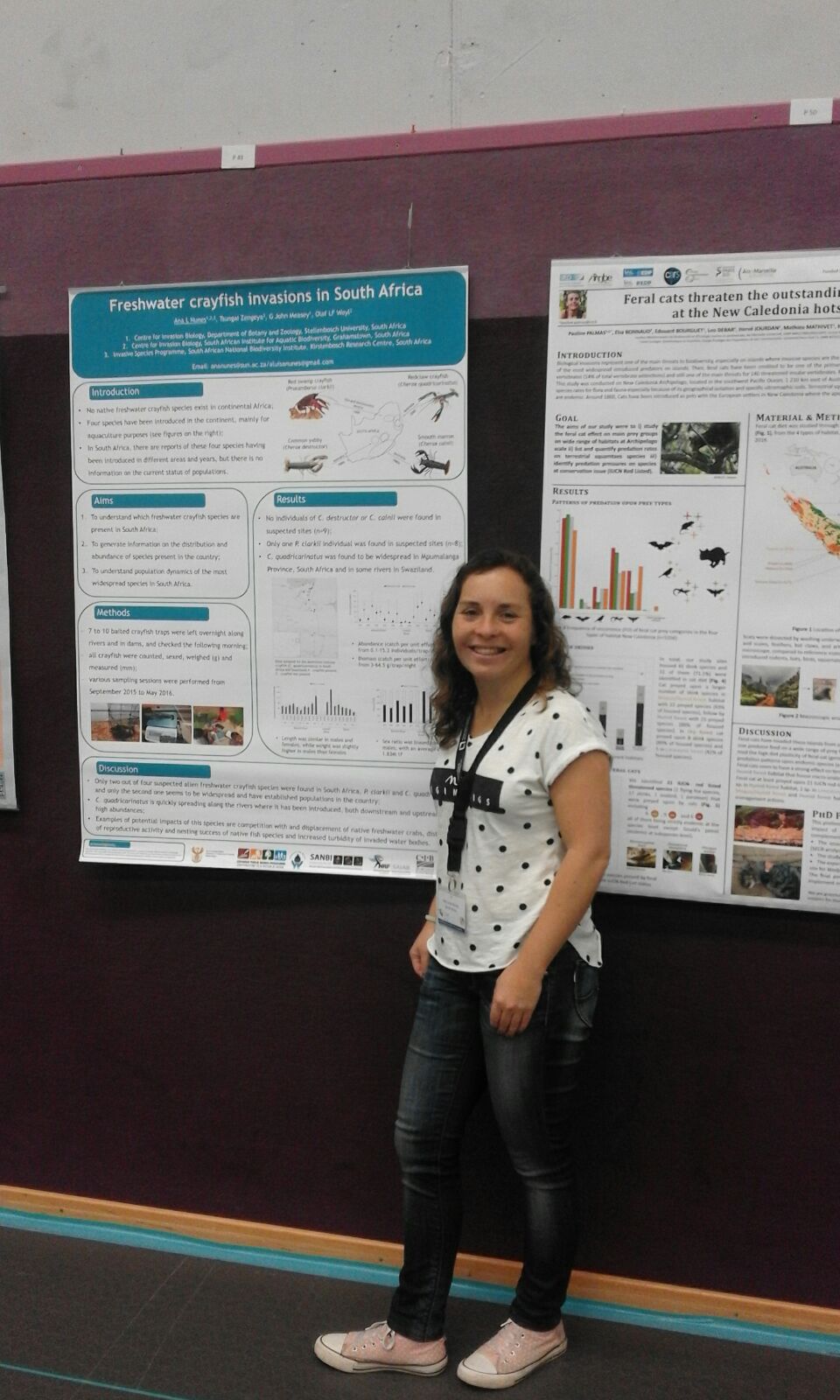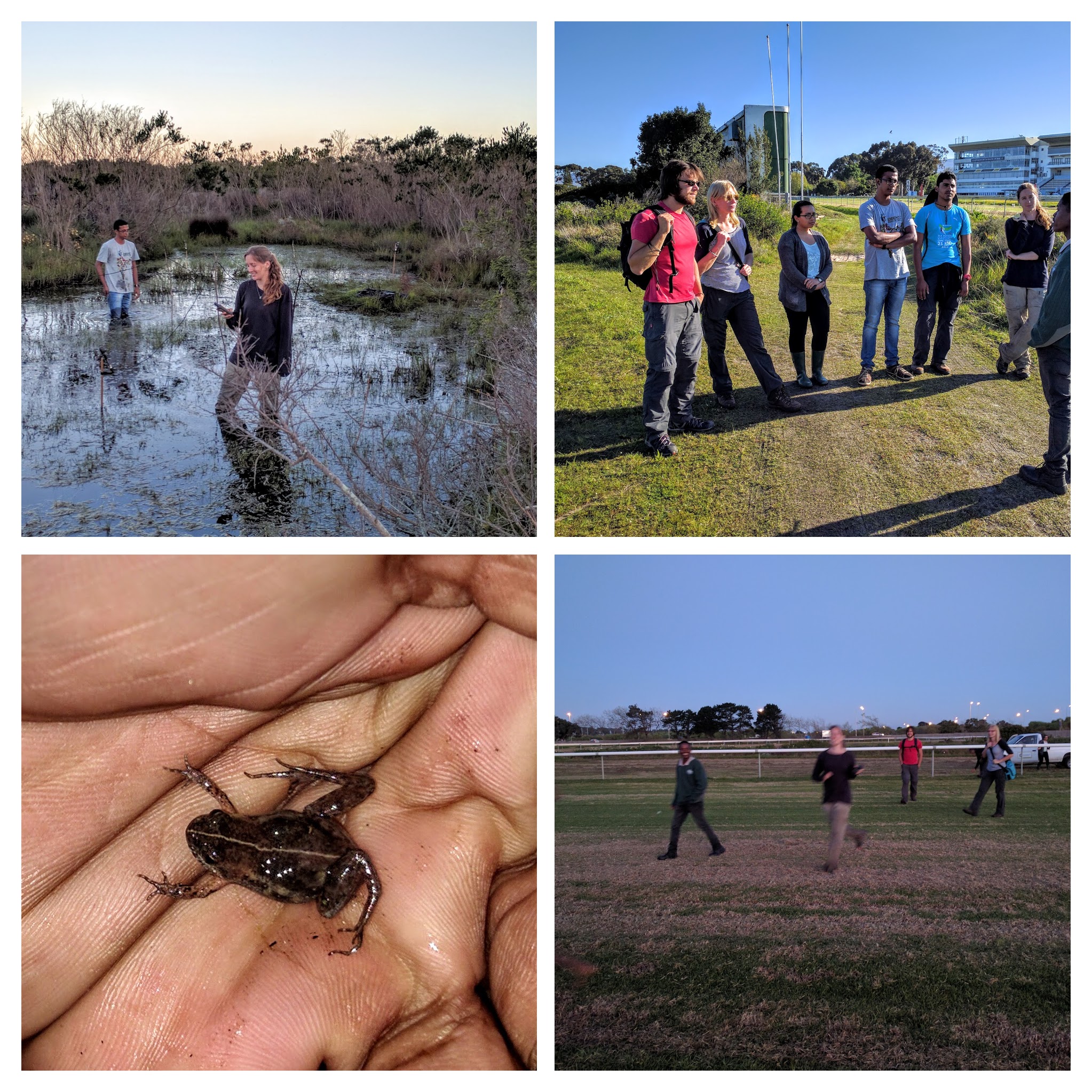Studying invasions inside can be dull...
So it really helps to get out into the surrounding area to see the effect first hand. This is what Stellenbosch University's 3rd year students did this weekend with Profs Brian van Wilgen (top right) & Jaco le Roux (top left), in nearby Pringle Bay.
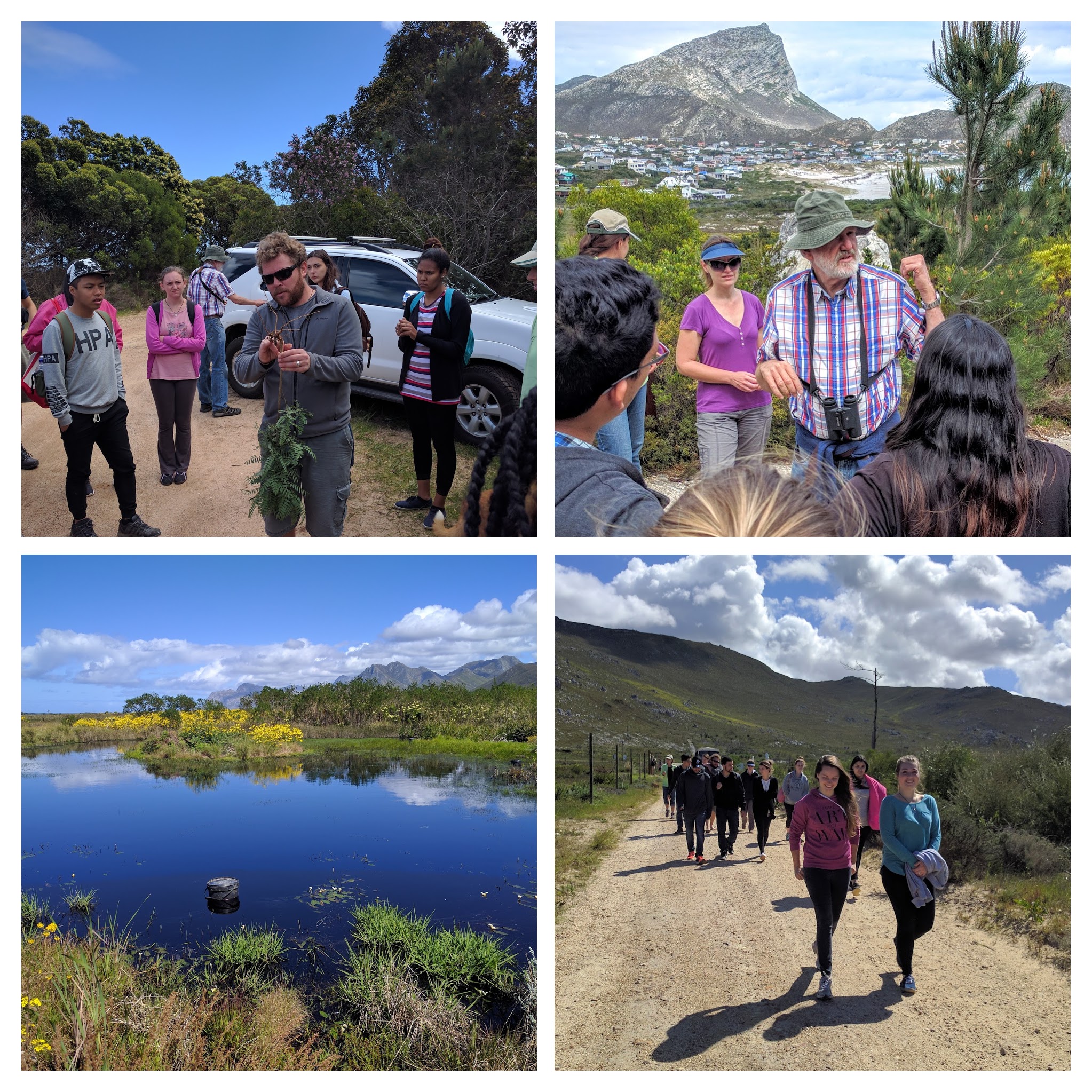
Brian showed them how pines are escaping private gardens and taking over the nearby mountain, while Jaco explains how below ground interactions of plants and symbiotic bacteria also involve invasions.
The students also got hands on experience with some domestic exotics, trapping and removing African clawed frogs from the breeding grounds of the Endangered Cape platanna.
